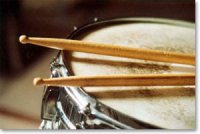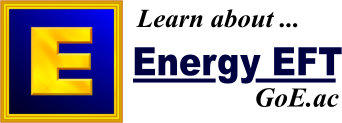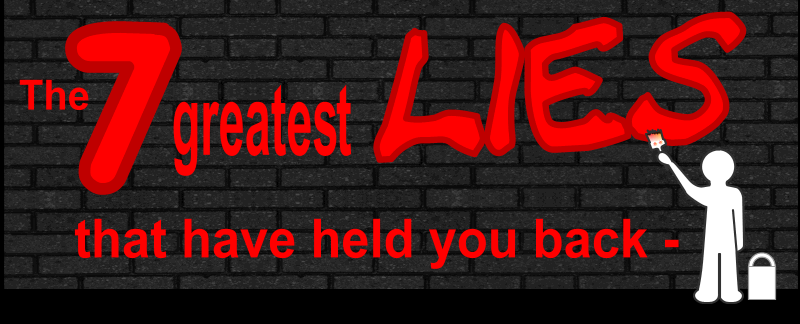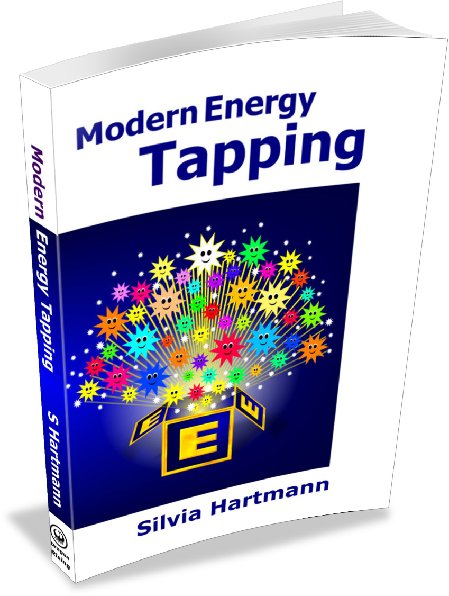|
Search engine offline
EFT Info
|
EFT Tapping - How To Tap Right
EFT involves tapping on certain meridian points to unblock and re-balance the energy system. Exactly HOW one taps, makes all the difference to exactly how good the treatment is going to be. Dr Hartmann takes a closer look at tapping EFT, and how to tap right.
Added Aug 12, 2001
| 6,907 Reads
How To Do EFT Tapping Right:Rhythm, Pulse & Percussion In EFT Treatmentsby Silvia Hartmann It is interesting to observe people "tapping themselves" in EFT. People have very different natural rhythms, and then there's of course a great variance in how hard or softly someone taps. The "how" of tapping greatly affects how effective the EFT treatment is, in the end. Some tap very half heartedly, barely touching the EFT points at all, others tap so hard it hurts. I was once tapped on by an EFT practitioner who nearly drilled holes into my head and I had to physically stop them because it was so extremely unpleasant. Considering what fine and responsive systems we are dealing with here in the form of complex meridian points and nerve junctions, it stands to reason that the "how to" of tapping with fingers on skin has a lot to do with how effective the treatment is.
To Tap Or Not To Tap?There are, of course, alternatives to tapping. In Touch & Breathe, you just hold the points (here, once more, is the issue of how hard you push down or what "holding" means to an individual). I personally like to gently and lightly massage the EFT points with a single fingertip in a very small circular movement. There is a technique called Tellington TTouch where acupressure points are stimulated by sliding the skin over the point first in a full circle (from 12 o'clock to 12 o'clock) and then and without releasing the light pressure that holds the skin steady, back to the 6 o'clock position. Try it for yourself, it is an interesting effect. Stroking downwards as though you were removing a small stain is another movement that is nice and stimulates the area in an unusual way. The non-tapping, more massage orientated ways of stimulating the EFT points is a good alternative on "painful points" where tapping is actually rather uncomfortable, or when the points appear to be very sore. Young children and people who have been traumatised, for example by being hit in the face, can also feel much happier when the points are stroked gently or lightly massaged instead. In cases of headaches, toothaches or any other type of pain that is made worse by the application of percussive beats, these are the only possible choice. "Percussing"We usually nowadays talk of tapping, but when the techniques were first invented, it was called "percussing on the points". The reason for this phrase was that the tapping movement has a fast "touch - release" pulse to it, like one would tap on a drum to make it ring out. This is a particular movement because if you "follow through" too much with your original tap or impact, it deadens the resonance response and in the case of a drum, the sound is dull and stops dead after the impact. In order to allow the drum to resonate, a pulse has to be swiftly put in and then the pressure removed so the drum's skin may resonate and vibrate backwards and forwards to make the sound. ResonanceThis is similar to the effects of tapping - the most responses are received when the tapper knows how to do the swift "tap and release" movement. In trainings, I sometimes have practitioners practise this on any object that serves like a drum to find the exact type of movement that gives the most resonance and doesn't "deaden the instrument". Pulse and RhythmMany times, people tap themselves and nothing seems to happen; yet when a friend or a practitioner takes over the tapping for them, with the self same opening statement, often the shift we are looking to create does occur. I have noticed in other areas that people have *one preferred rhythm* which they will produce under many different circumstances time and time and again - whilst walking, dancing, breathing, in repetitive tasks of work and often also reflected in their choice of music. It would be interesting to speculate that when they tap in that self same rhythm as they would naturally do, a sameness to the already existing conditions makes it less effective. Unless you tell people to try some different rhythms, they will usually fall back on the "one and only" preferred type of pulse that generally pervades them. There are a number of ways to try different tapping rhythms. One would be to just speed up and slow down, but more interesting rhythms develop when one considers for example, a popular or well known song that "matches the problem" and applies that rhythm to the opening statement. Non-rhythmical tapping is another interesting possibility to unstick stuck states (i.e. problems or opening statements that have been addressed many times but nothing seems to happen). It is actually quite difficult to not fall back into one's preferred rhythm and that in and of itself adds a new dimension and new possibilities as established, old patterns are being challenged with a "new rhythm". Echo PulsesTry different types of strength, rhythms (from a woodpecker beat to a slow, steady heartbeat and the range in between) and also what I call "echo pulses" where you give one tap and wait for all reverberation to have ceased, then place another pulse after it. This gives a particular rhythm which is usually completely different and entirely dependent on the opening statement or issue you're currently working with. In conclusion, I would encourage anyone who uses tapping therapies to play with all the aspects of stimulating the meridian points and to especially notice what people are actually doing as well as noticing how making changes in "the way you tap" affects the outcome of the treatment. Silvia Hartmann Author, Adventures In EFT http://1-eft.com Trainings Director, Association For Meridian Energy Therapies https://goe.ac EFT - MET Distance Trainings at http://www.sidereus.org
Advanced Training In Meridian & Energy Therapies For Serious Practitioners
Added Aug 12, 2001
| 6,907 Reads
Important Notice: In 2018, Energy EFT was officially retired and replaced by Modern Energy Tapping, which uses energy tapping without the psychotherapy approach of tapping on negatives or having to delve into trauma. Start with Silvia Hartmann's book, Modern Energy Tapping and find practitioners and training courses at GoE.ac,
Modern Energy Tapping: Engaging The Power Of The Positives For Health, Wealth & Happiness
Do you love Energy EFT? Do you love ENERGY? Then join the GoE - the world's first organisation for MODERN energists! Get access to the GoE Members group, receive our fabulous magazine The Energist and much more. |




